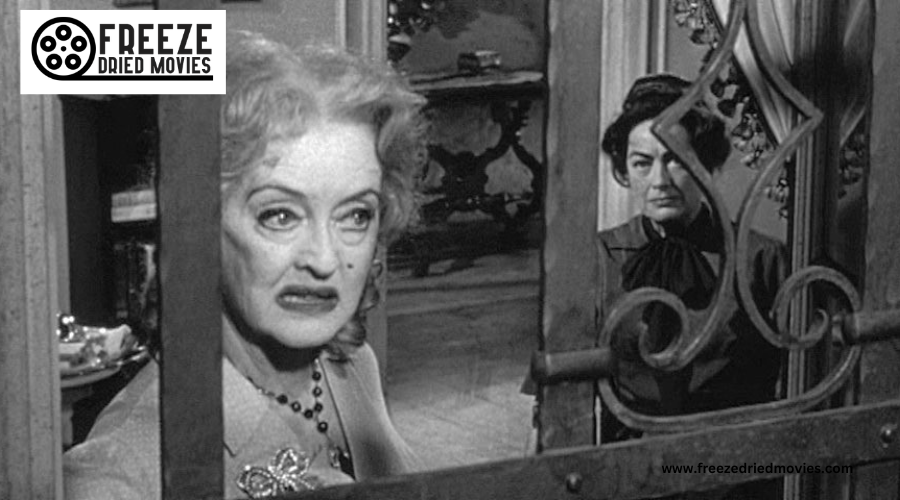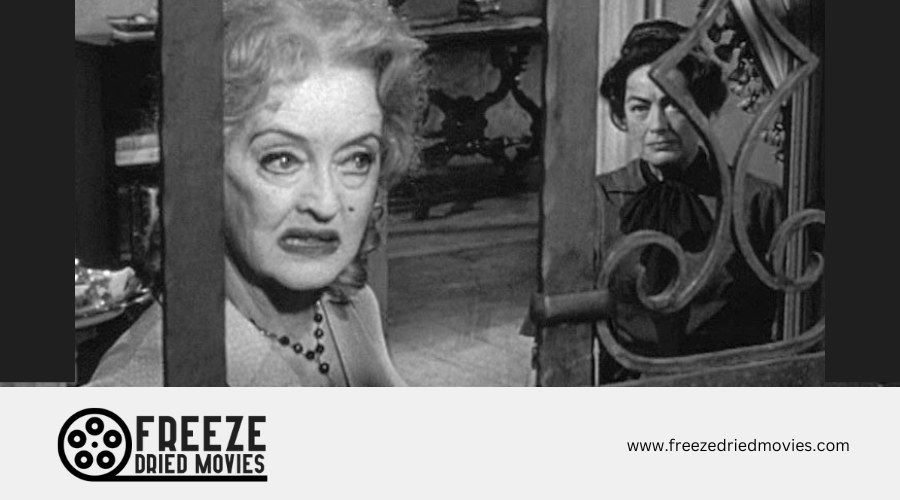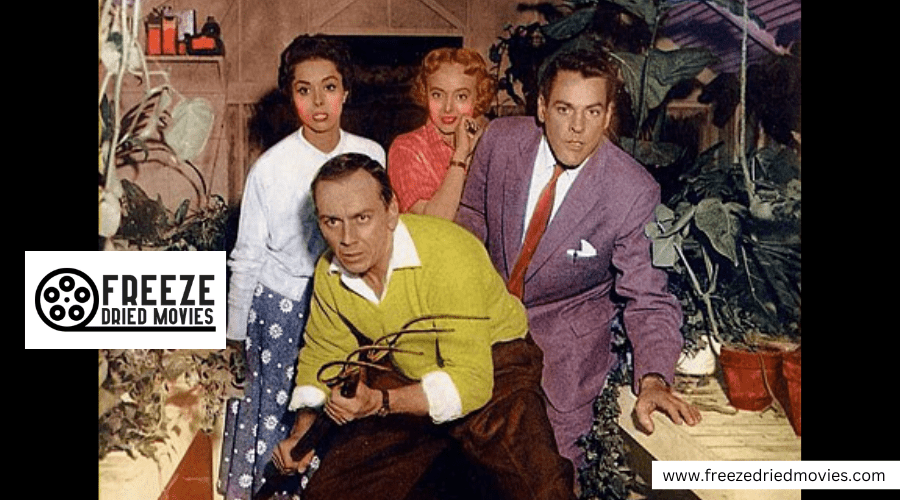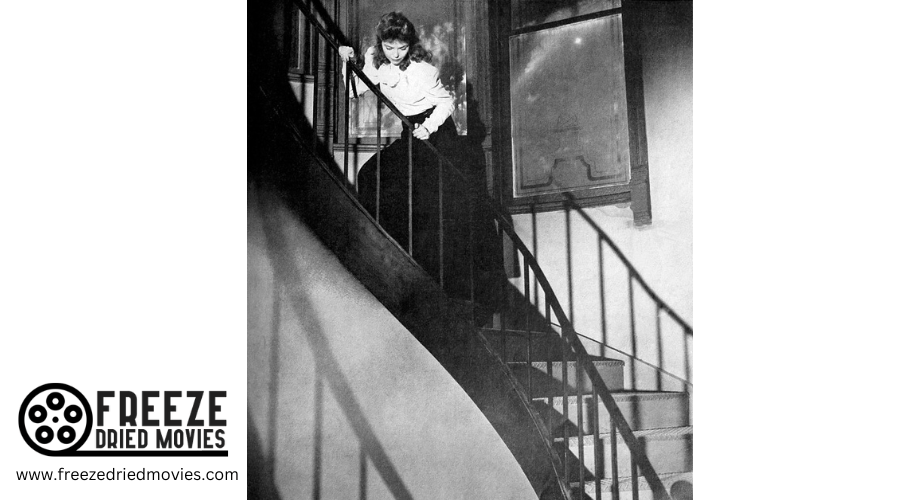Fright Night: The Birth of Modern Horror in the 1960s
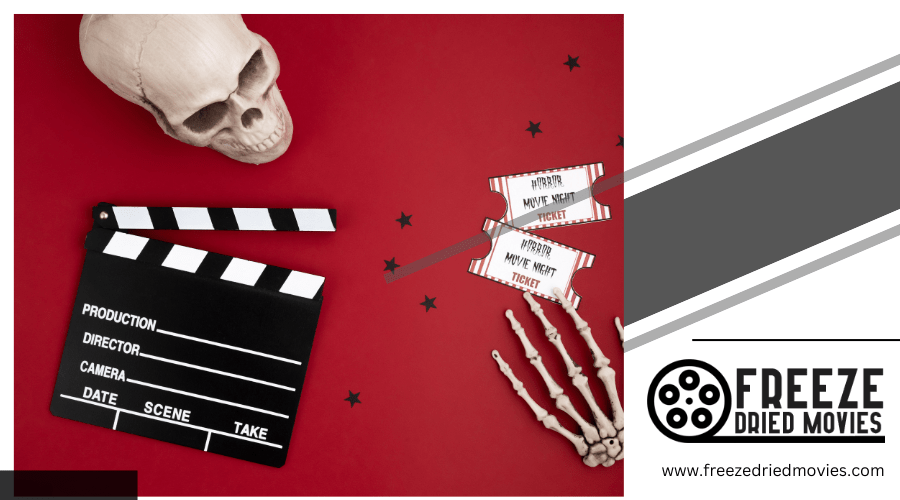
You might be surprised to learn that "Fright Night" wasn't born in the 1960s, but rather emerged as a pioneering vampire film in 1985. Writer-director Tom Holland crafted the story in just three weeks, bringing together an exceptional cast including Chris Sarandon and Roddy McDowall. The film revolutionized vampire cinema by blending traditional horror with modern sensibilities, backed by innovative practical effects and makeup artistry. There's much more to sink your teeth into about this horror classic's creation.
The Creative Vision Behind Fright Night
When writer Tom Holland envisioned Fright Night, he brought his concept from script to screen with astonishing speed and collaborative flair. In just three weeks, he penned the first draft about a horror fan who suspects his neighbor is a vampire.
Before the film was released, Holland orchestrated a two-week rehearsal period where he thoroughly blocked scenes and encouraged actors to develop detailed character biographies.
The creative vision took place across multiple departments. Chris Sarandon worked with a choreographer to perfect Jerry Dandrige's captivating dance scene, while the effects team tackled challenging makeup work, including 18-hour wolf conversions and tricky contact lens applications.
Brad Fiedel's haunting score, initially only available as a Japanese bootleg, wouldn't receive an official CD release until 2011, completing the film's artistic legacy.
Like Bernard Herrmann's iconic score in Psycho, the music played a crucial role in building suspense and heightening emotional impact throughout the film.
Assembling the Perfect Cast
The casting process for Fright Night brought together an ensemble that would define the film's enduring appeal. Let's take a closer look at how these actors found their way to Los Angeles for this box office sensation.
Chris Sarandon initially hesitated to join a horror film but couldn't resist the exceptional script, bringing depth to Jerry Dandrige's character. Roddy McDowall's understanding of Peter Vincent, a character paying homage to horror legends, made him perfect for the role. William Ragsdale persevered through multiple auditions to win the lead role of Charley Brewster, while Amanda Bearse emerged as the ideal choice for Amy Peterson.
Stephen Geoffreys, though not a horror enthusiast, took on the challenging role of Evil Ed, enduring an 18-hour conversion process for his character's wolf scenes. Like Brad Dourif's Chucky performance, the cast's commitment to their roles helped make the supernatural elements feel more believable to audiences.
View this post on Instagram
Brad Fiedel's skilled score enhances Fright Night beyond typical horror fare through its innovative fusion of electronic and orchestral elements. This musical collaboration showcases unconventional instrumentation that perfectly captures the film's horror-comedy tone. You'll appreciate how the score remained largely unavailable until its Japanese bootleg release in 2000, before finally receiving proper treatment through multiple official releases. The sound design team's technical prowess is evident in these pioneering achievements: These technical elements work together seamlessly, demonstrating how Fright Night's audio world pushed boundaries in 1980s horror filmmaking. However, not all reviews were positive. White Dwarf magazine's Colin Greenland delivered a scathing critique, pointing out the film's apparent disdain for both its characters and viewers. The film's impact on genre can be traced through its home media success, transforming from a pan-and-scan VHS release to more comprehensive DVD editions featuring widescreen format and bonus content. Its lasting influence is evident in its continued distribution, including being packaged with Urban Legend and featured in multi-film horror collections. Beyond its initial reception and distribution, Fright Night's enduring legacy stems from its adept blend of horror and humor that reshaped vampire cinema. The film's lasting impact can be seen in how it revolutionized vampire portrayals, with Chris Sarandon's charming yet menacing neighbor becoming a blueprint for modern vampire characters. Through continued fan engagement and thematic analysis, you'll uncover these key contributions to horror cinema: The film's influence continues through its dedicated cult following, demonstrated by enthusiastic reception of anniversary releases and retrospective screenings. While creating the pioneering horror-comedy "Fright Night," the cast and crew encountered numerous technical and physical challenges that tested their dedication to the craft. Among the prop challenges, the vampire contact lenses proved particularly troublesome, as actors could only wear them for 20-minute intervals. The costume design issues extended to the complex wolf transformation makeup for Evil Ed's character, requiring a staggering 18 hours to complete. Set construction obstacles took an unexpected turn when William Ragsdale injured his ankle during a staircase scene, forcing quick adaptations to the filming schedule. Despite these obstacles, the production benefited from Roddy McDowall's industry connections, particularly his dinner party introduction between director Tom Holland and Vincent Price. Chris Sarandon's commitment to perfecting the vampire's dance scene further enhanced the film's production value.From Script to Screen: The Production Journey
Groundbreaking Visual Effects and Makeup
Character Development and Performance Highlights
Musical Score and Sound Design
Critical Reception and Box Office Impact
Legacy and Cultural Influence
Behind-the-Scenes Stories and Challenges

